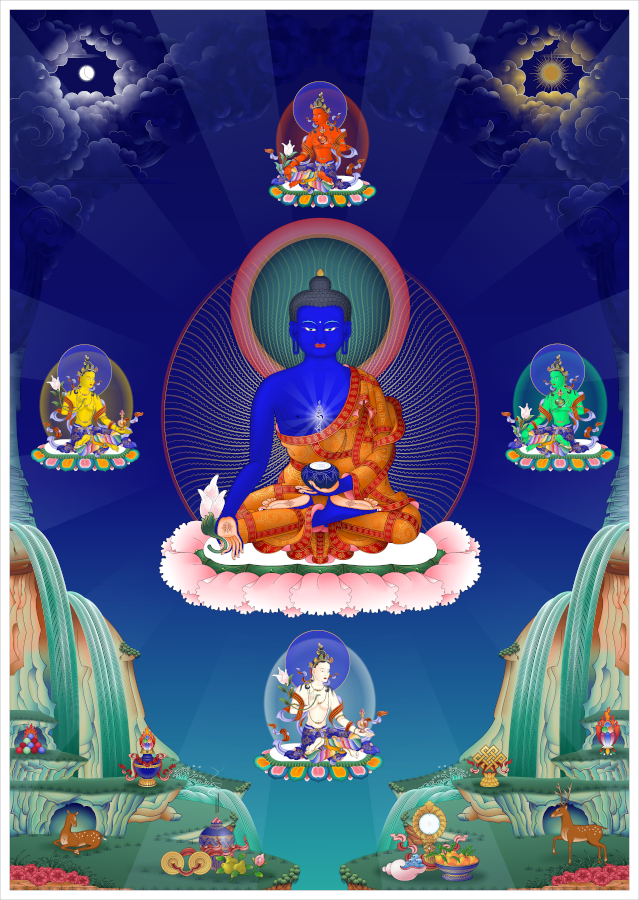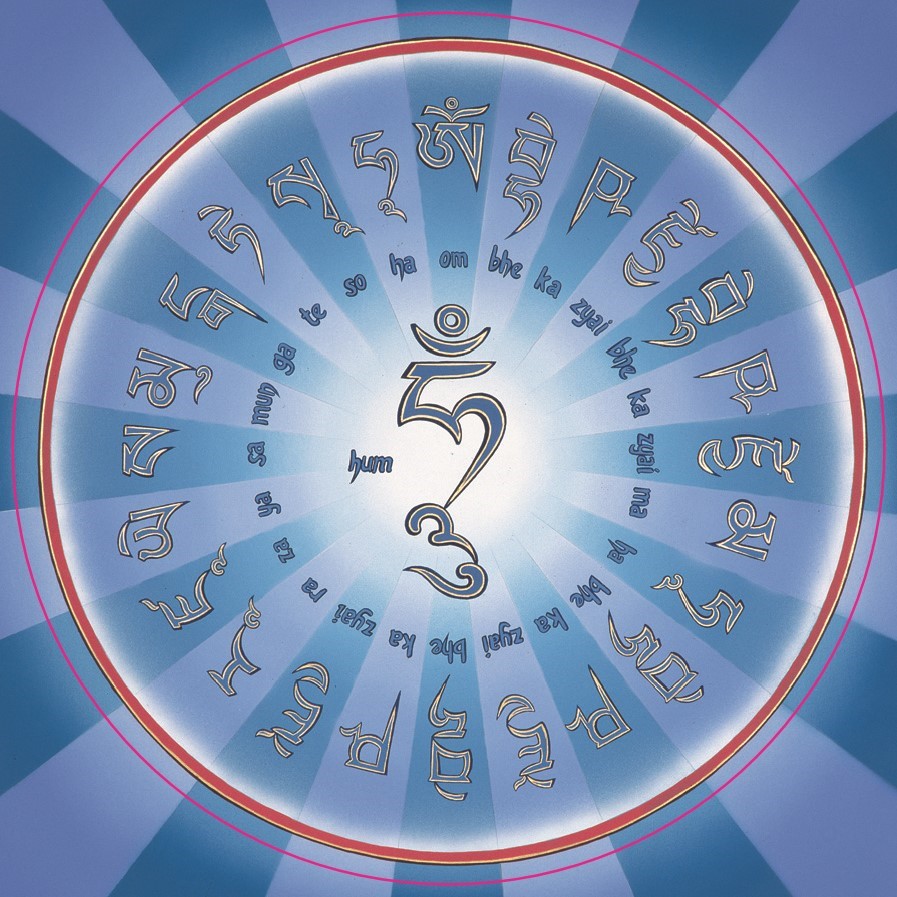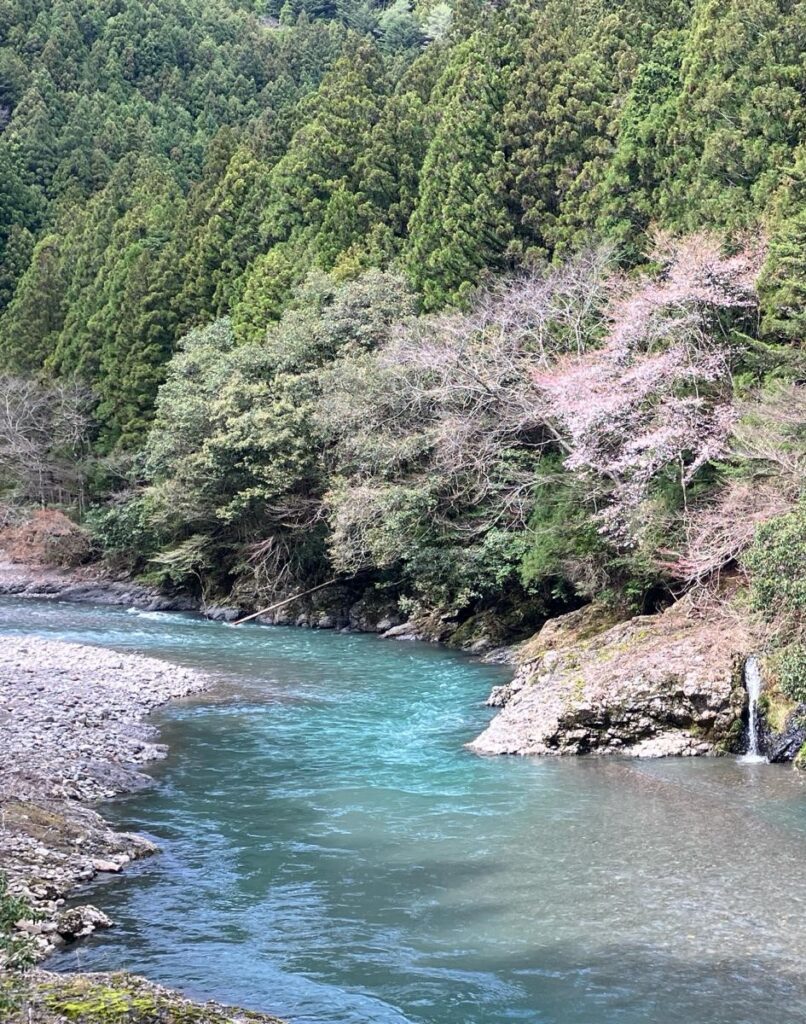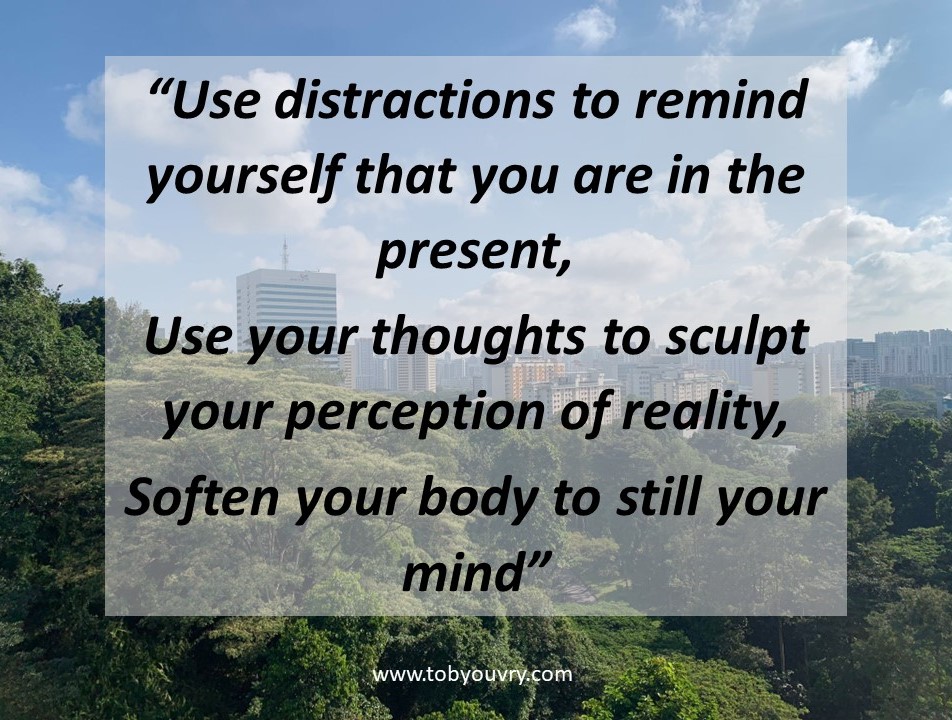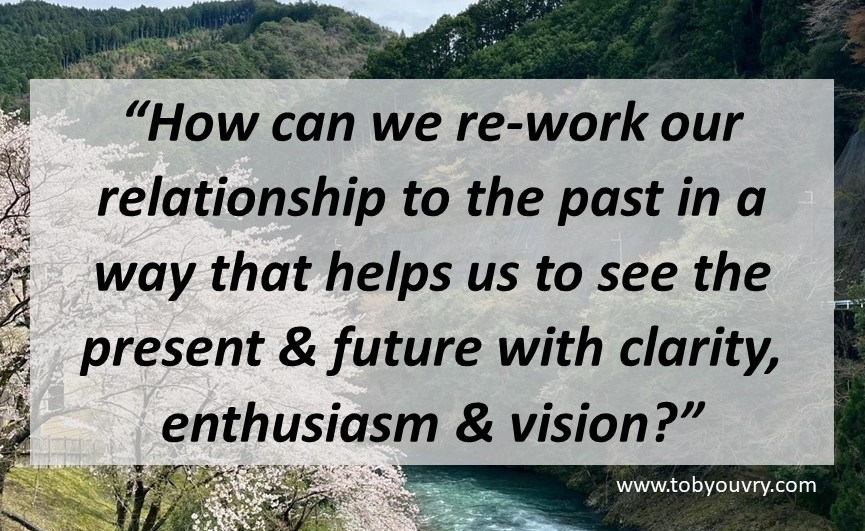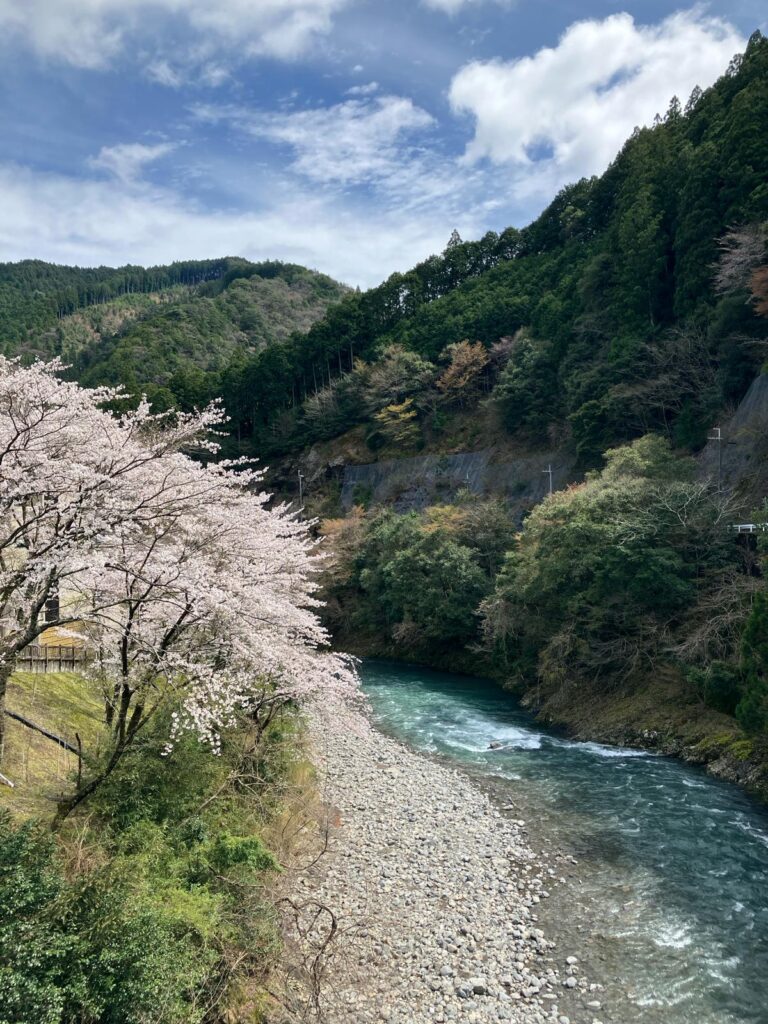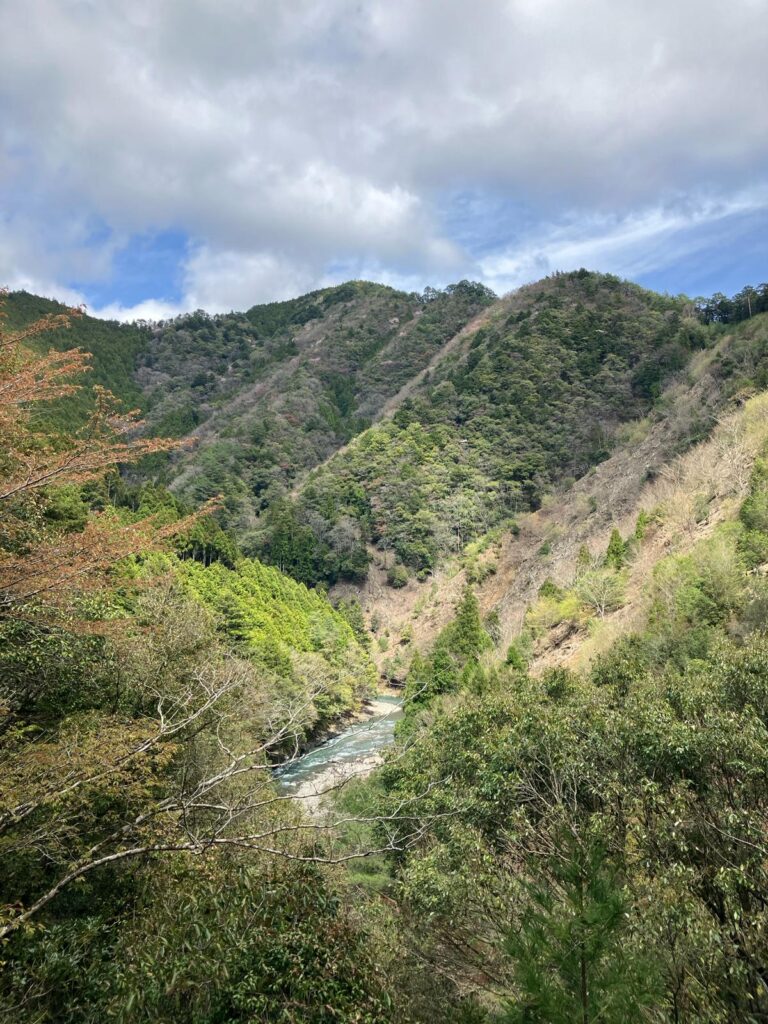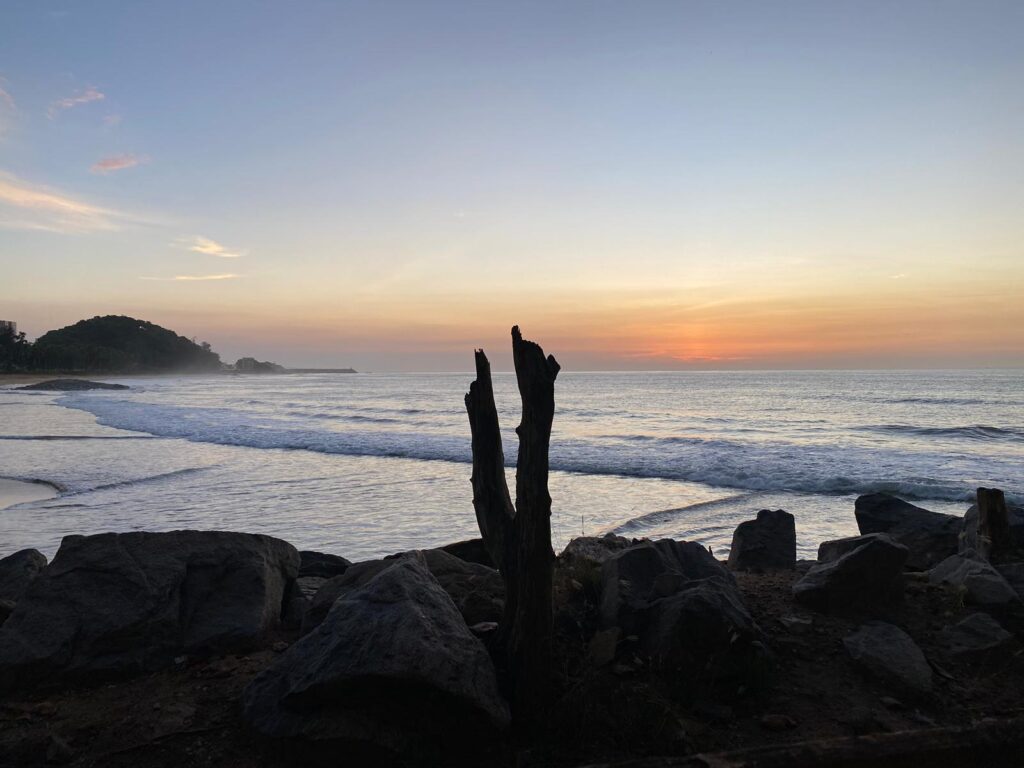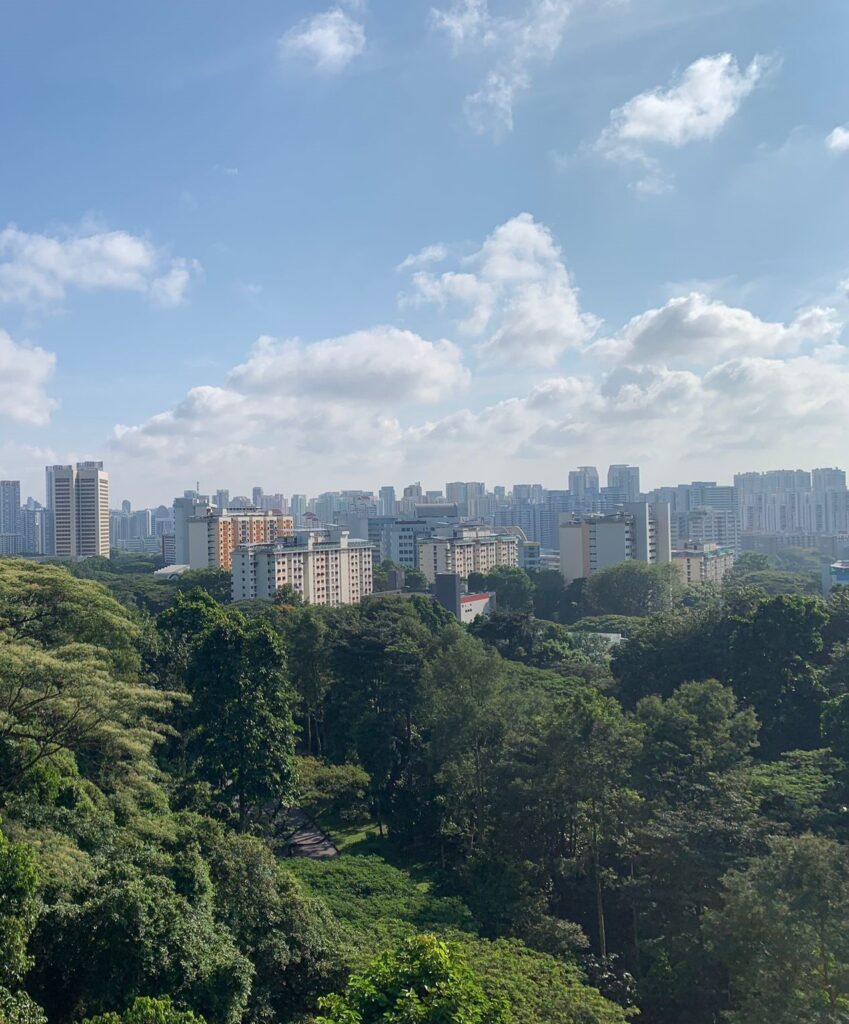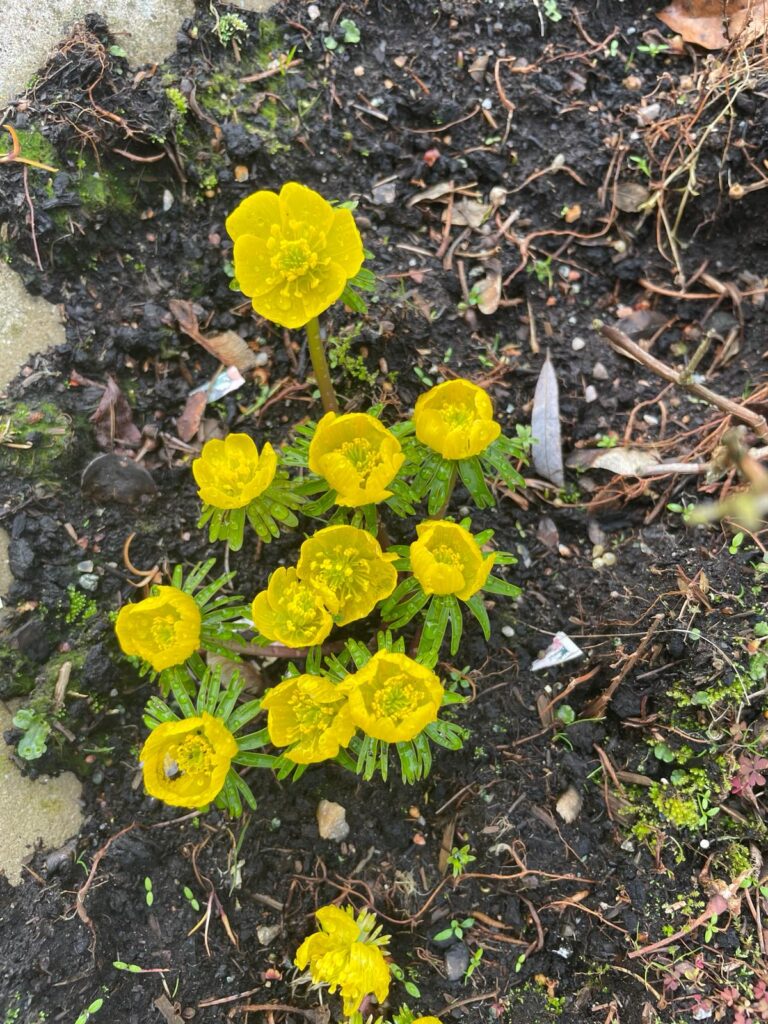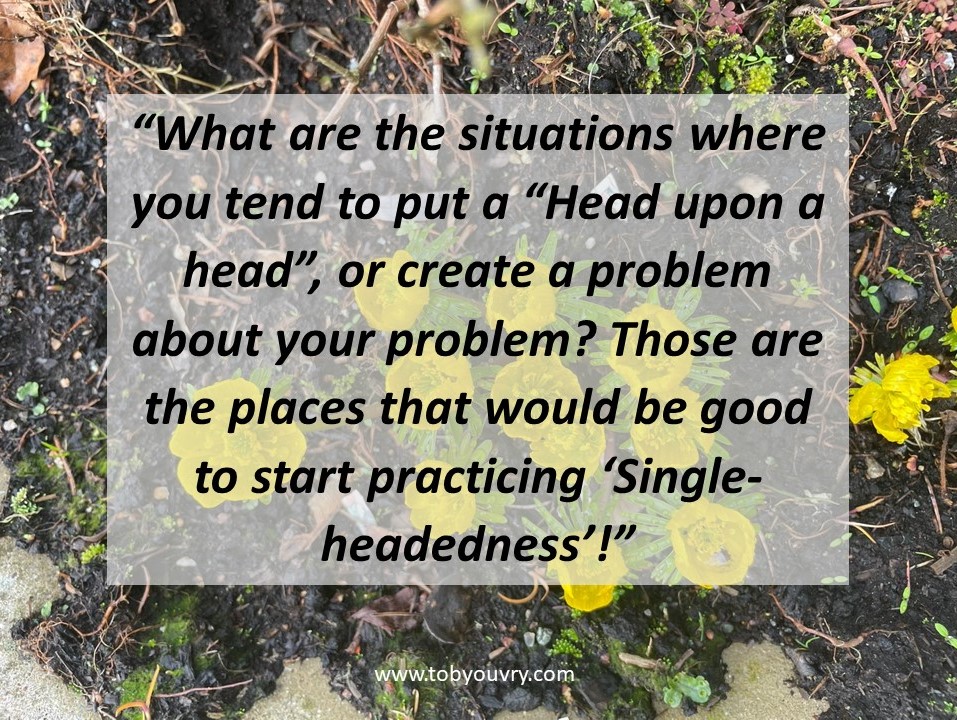“Practice looking at your experiences as an observer, like you were a fly on the wall. It gives you space between you and your life, & access to the creative ideas & solutions that suggest themselves when you observe consistently in this way”

Dear Integral Meditators,
I think of the “rational mindfulness” described below as the lynch-pin between lower & higher stages of consciousness. If you are good at it, it holds together all of the other parts of your consciousness in a benevolent, stable manner. I hope you enjoy it! If you do it will be the subject of this week’s Tuesday & Wednesday class practice.
Heads up for the Wesak Class next week, 21st & 22nd May, & the Awakening to benevolence & compassion mini-retreat on Saturday the 25th.
Also, I’ve just posted the Stress transformation & Emotional intelligence workshops for June.
In the spirit of the fly on the wall,
Toby
Individualism, Self-esteem, Universal love – Aspects of rational mindfulness
As we grow into our teenage years, if we grow psychologically in a balanced way, we should find the emergence of a third person, or rational-objective perspective starts to emerge. Whereas previously it was all ‘me’, ’mine’, ‘yours’ and ‘ours’, we can now practice standing outside a personal, subjective view. We can consider events and experiences objectively, making assessments based upon that. Several transformations and capabilities come from this. If we can apply them to our sense of self and who we are in the world, then we become a ‘rational’ person in the holistic sense of the world, which is a beautiful thing. What I have done below is list a few of the capabilities of the rational self, with some suggestions regarding how they can be practiced.
Being a fly on the wall – Practice looking at yourself and your experiences as an observer, like you were a fly on the wall. This takes you out of your subjective view and into a third person, objective view. Holding this non-judgmental ‘observer position is really the essential mindfulness practice. Doing it gives you space between you and your life, and access to the creative ideas and solutions that suggest themselves when you observe consistently in this way.
Goal setting – Thinking about your goals, picturing them in your mind and then working consistently to realize them is a core rational-objective mindful capability. It enables you to move beyond ‘how you feel’ at any given time, and keep on moving forward, gently, and consistently. This can be practised on a daily, weekly, monthly, quarterly, and yearly basis.
Compartmentalizing – This practice enables you to separate out the different activities in your life and their attending emotions from each other, so that you can work on each one descreetly at different times. This means that you avoid one activity or emotion from let’s say your personal life interfering with your work life, and vice-versa. This is difficult to do without being able to step back and consider your life objectively.
World-centric love and compassion – When you step back and consider yourself and others objectively, you can see that there are many commonalities that we share with all humans and living creatures, and that all of us have basic value and worth. Based upon this objective position, we can develop an even-minded consideration and benevolence for all the people we meet, regardless of whether we know them personally or not. Practiced in this way, rational mindfulness can lead to an explosion of our sense of love and compassion for the world.
Individualism and self-esteem – When we stand back from ourselves, we can assess ourself as having a value as an individual, and start to articulate our own goals regarding happiness and fulfilment. We can then take pride in developing our capacity to move toward those goals effectively, and build a good life. This in turn gives us a further sense of self-esteem. Not only this, but we can then take joy in encouraging others to see their own inherent value, and encouraging them to grow and express themselves as individuals.
So, whenever you engage in any of these activities, you are helping to develop your holistic rational, third person capacity. Practice them all together and you can grow it in an integrated and balanced manner!
Article & content © Toby Ouvry 2024, you are welcome to use or share this article, but please cite Toby as the source and include reference to his website www.tobyouvry.com
Follow Toby on: LinkedIn, YouTube, Instagram
Integral Meditation Asia
Online Courses * 1:1 Coaching * Books * Live Workshops * Corporate Mindfulness Training *Life-Coaching * Meditation Technology
